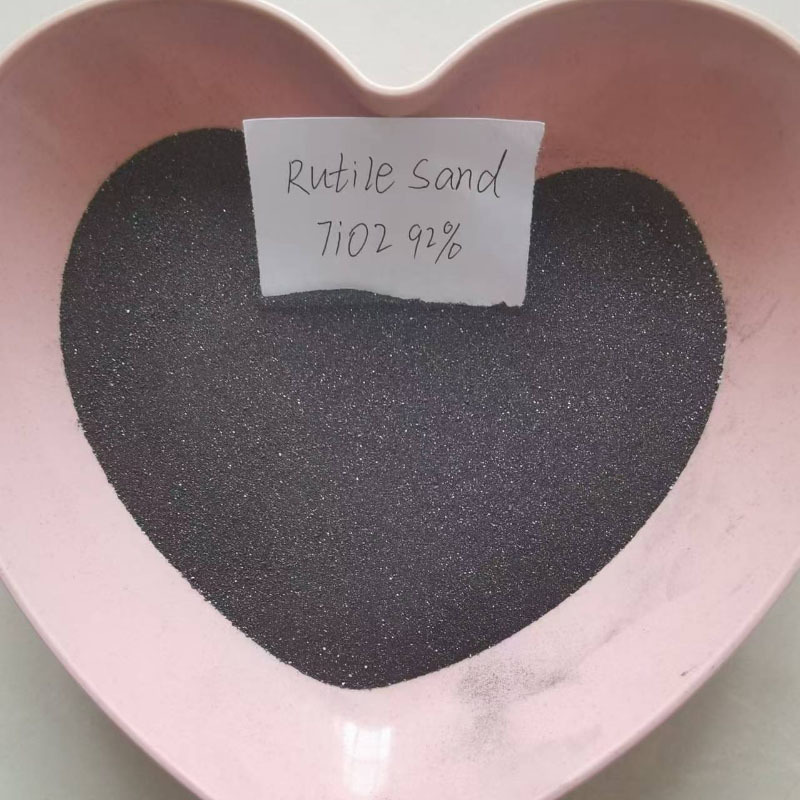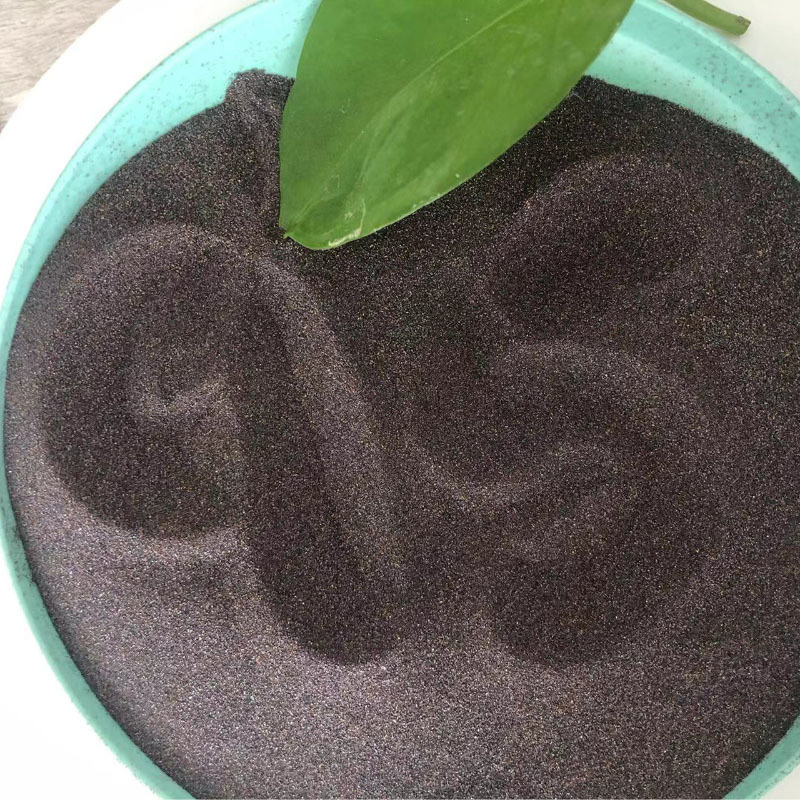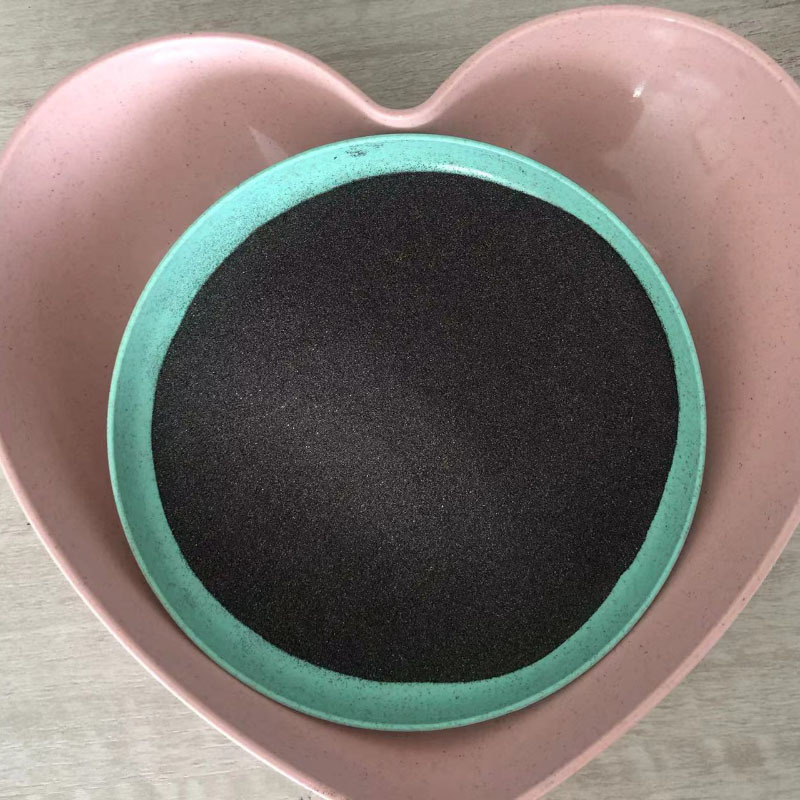Understanding Rutile Sand 90%: Applications and Benefits in Modern Chemistry
Release Time:
Apr 21,2025
Rutile sand is a naturally occurring mineral comprised primarily of titanium dioxide (TiO2). The variant known as Rutile Sand 90% has a high titanium content, making it particularly valuable in various industrial applications. Understanding the characteristics and benefits of Rutile Sand 90% can help professionals in the chemical industry leverage its properties for enhanced material performance.
Rutile sand is a naturally occurring mineral comprised primarily of titanium dioxide (TiO2). The variant known as Rutile Sand 90% has a high titanium content, making it particularly valuable in various industrial applications. Understanding the characteristics and benefits of Rutile Sand 90% can help professionals in the chemical industry leverage its properties for enhanced material performance.
One of the most notable applications of Rutile Sand 90% is in the production of titanium dioxide pigments. These pigments are widely used in the paint, plastics, and paper industries for their excellent opacity, brightness, and color stability. The high purity of Rutile Sand 90% ensures that the resulting pigments exhibit superior durability and lightfastness, contributing to the longevity of the end products.
Furthermore, Rutile Sand 90% plays a crucial role in the manufacturing of high-performance ceramics. Its fine particle size and high melting point make it an ideal additive for ceramic formulations, enhancing mechanical strength and thermal stability. This is particularly beneficial in applications where heat resistance is essential, such as in electronic components and industrial equipment.
In addition to its use in pigments and ceramics, Rutile Sand 90% is also utilized in the metallurgy sector. It serves as a flux in the production of titanium metal and alloys, promoting better fluidity and reducing the melting temperature during the smelting process. This not only improves energy efficiency but also enhances the overall quality of the metal produced.
The versatility of Rutile Sand 90% extends to its use in glass and optical applications. The presence of high-purity titanium dioxide contributes to the optical clarity and strength of glass products, making it an attractive choice for manufacturers aiming to produce high-quality glassware and lenses.
Moreover, Rutile Sand 90% has environmental benefits. It is sourced from sustainable mining practices, and its use in various applications can help reduce the reliance on synthetic materials, which often have a larger environmental footprint. As industries move towards more sustainable practices, the demand for natural and environmentally friendly materials like Rutile Sand 90% continues to grow.
In conclusion, Rutile Sand 90% stands out as an essential material in the chemical industry, contributing to the production of pigments, ceramics, metals, and glass. Its high purity and versatile applications make it a valuable asset for manufacturers looking to improve product performance and sustainability. By leveraging the unique properties of Rutile Sand 90%, professionals can drive innovation and enhance the effectiveness of their products in an increasingly competitive market.
One of the most notable applications of Rutile Sand 90% is in the production of titanium dioxide pigments. These pigments are widely used in the paint, plastics, and paper industries for their excellent opacity, brightness, and color stability. The high purity of Rutile Sand 90% ensures that the resulting pigments exhibit superior durability and lightfastness, contributing to the longevity of the end products.
Furthermore, Rutile Sand 90% plays a crucial role in the manufacturing of high-performance ceramics. Its fine particle size and high melting point make it an ideal additive for ceramic formulations, enhancing mechanical strength and thermal stability. This is particularly beneficial in applications where heat resistance is essential, such as in electronic components and industrial equipment.
In addition to its use in pigments and ceramics, Rutile Sand 90% is also utilized in the metallurgy sector. It serves as a flux in the production of titanium metal and alloys, promoting better fluidity and reducing the melting temperature during the smelting process. This not only improves energy efficiency but also enhances the overall quality of the metal produced.
The versatility of Rutile Sand 90% extends to its use in glass and optical applications. The presence of high-purity titanium dioxide contributes to the optical clarity and strength of glass products, making it an attractive choice for manufacturers aiming to produce high-quality glassware and lenses.
Moreover, Rutile Sand 90% has environmental benefits. It is sourced from sustainable mining practices, and its use in various applications can help reduce the reliance on synthetic materials, which often have a larger environmental footprint. As industries move towards more sustainable practices, the demand for natural and environmentally friendly materials like Rutile Sand 90% continues to grow.
In conclusion, Rutile Sand 90% stands out as an essential material in the chemical industry, contributing to the production of pigments, ceramics, metals, and glass. Its high purity and versatile applications make it a valuable asset for manufacturers looking to improve product performance and sustainability. By leveraging the unique properties of Rutile Sand 90%, professionals can drive innovation and enhance the effectiveness of their products in an increasingly competitive market.
Keywords:
You Can Also Learn More About Industry Trends






